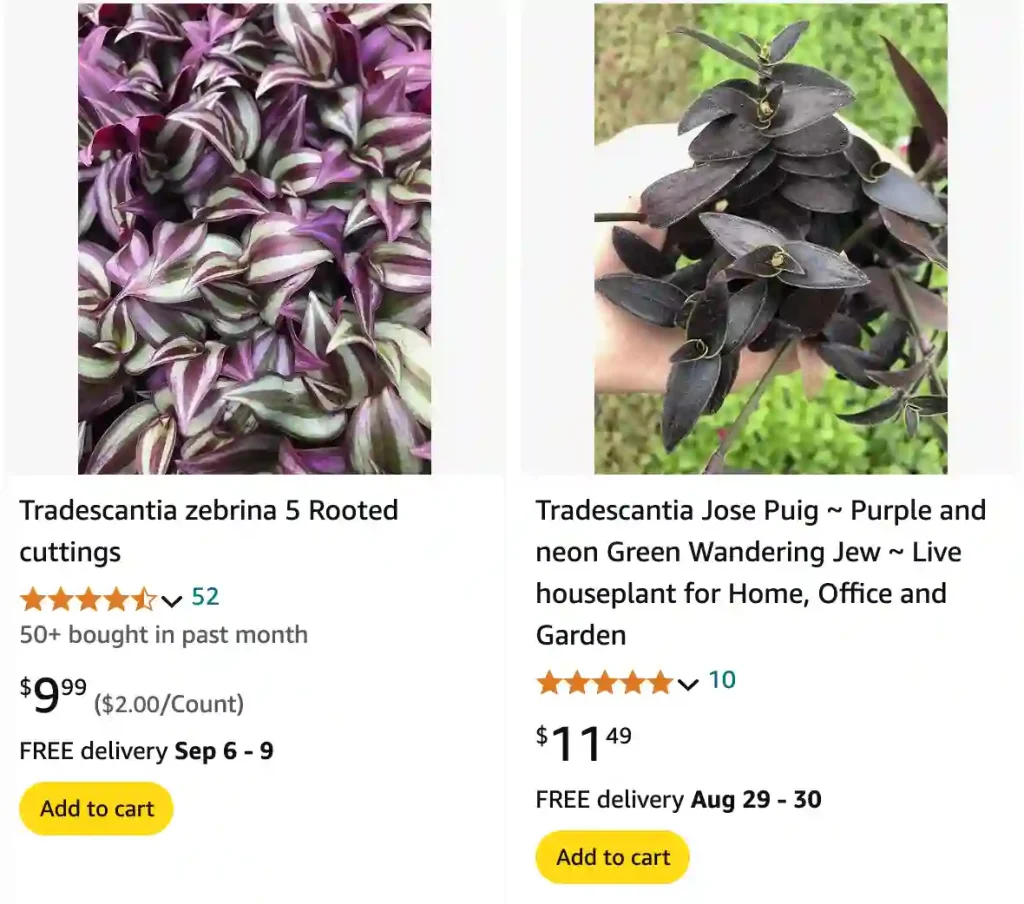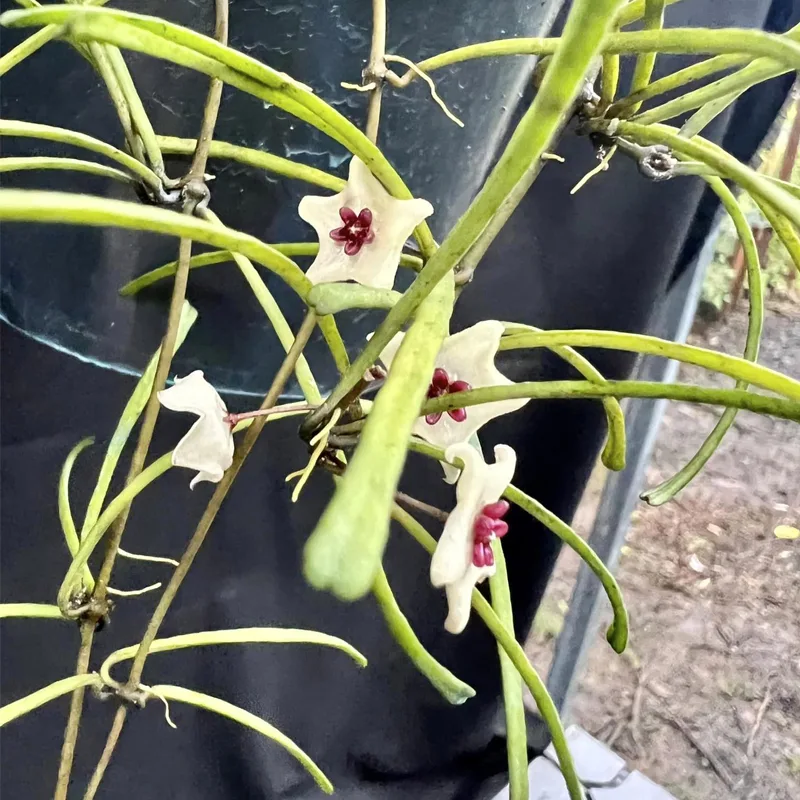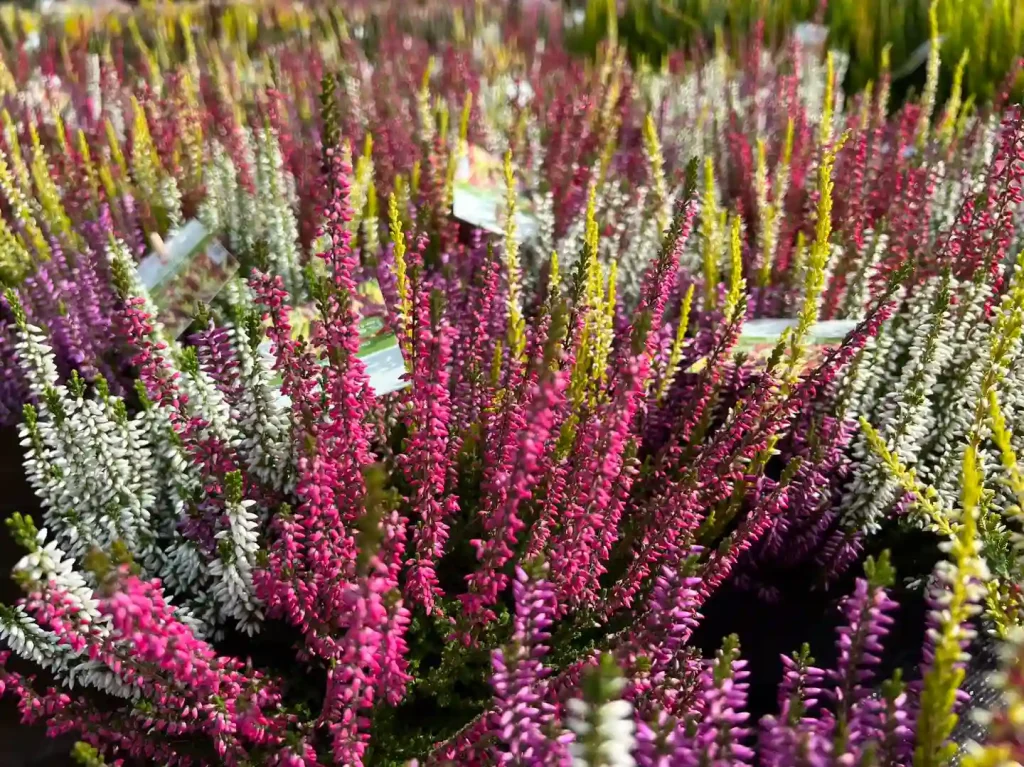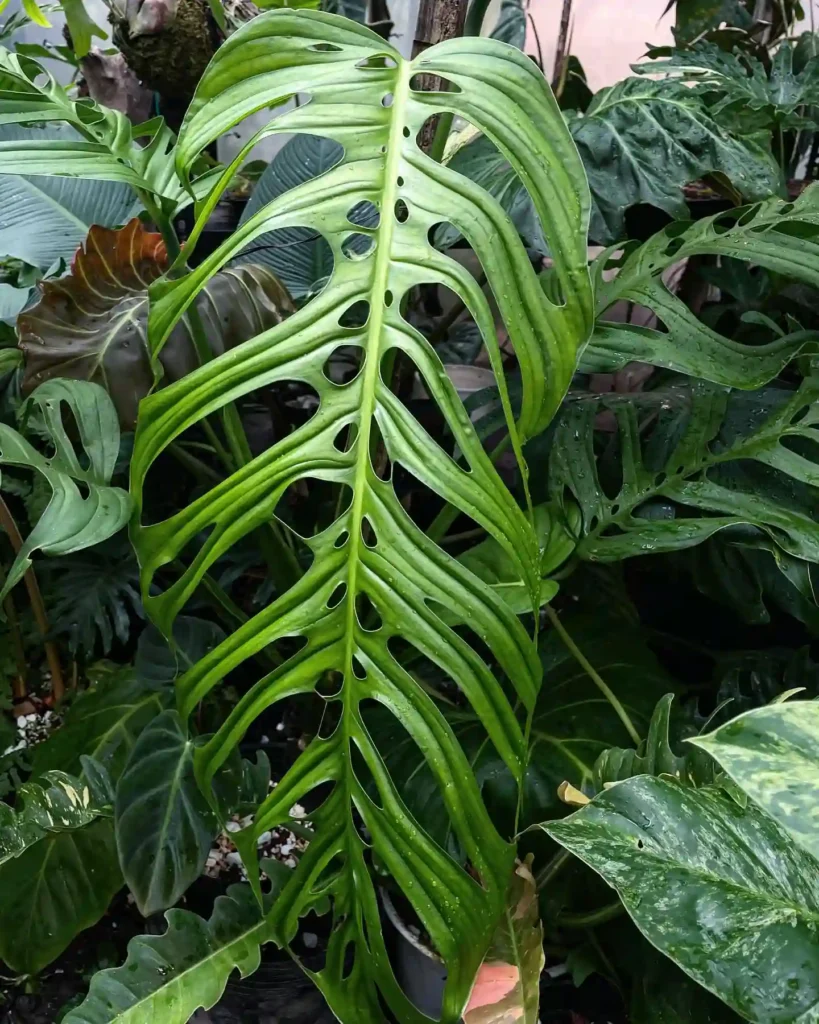
FAQs About Tradescantia: Everything You Need to Know
Tradescantia, commonly known as Spiderwort or Wandering Jew, is a popular houseplant admired for its vibrant colors and ease of care. If you’re new to Tradescantia or considering adding one to your plant collection, you might have several questions. Here’s a comprehensive guide to help you with the most frequently asked questions about Tradescantia.
How to Propagate Tradescantia?
Propagating Tradescantia is straightforward and rewarding. The easiest method is to use stem cuttings. Simply snip a healthy stem with a few leaves and place it in water or directly into soil. If using water, wait for roots to develop—usually within a couple of weeks—before transplanting the cutting into soil. Ensure the cutting is from a healthy plant to increase the chances of successful propagation.
How to Care for Tradescantia?
Caring for Tradescantia involves a few key steps:
- Light: Tradescantia thrives in bright, indirect light but can tolerate lower light conditions. Avoid direct sunlight as it can scorch the leaves.
- Water: Water Tradescantia when the top inch of soil feels dry. Overwatering can lead to root rot, so make sure the pot has good drainage.
- Humidity: Tradescantia enjoys a bit of humidity. If the air in your home is very dry, consider misting the plant or placing a humidity tray nearby.
- Temperature: It prefers temperatures between 60°F and 75°F (15°C to 24°C). Avoid exposing it to temperatures below 50°F (10°C).
Is Tradescantia Toxic to Cats?
Tradescantia can be mildly toxic to cats. If ingested, it may cause gastrointestinal upset, including vomiting or diarrhea. To keep your feline friends safe, place Tradescantia in areas that are out of reach or consider using deterrents to keep cats away from your plants.
Is Tradescantia Toxic to Dogs?
Like cats, Tradescantia can also be mildly toxic to dogs. Ingestion may lead to similar symptoms, such as stomach upset. It’s a good idea to monitor your dog and prevent them from chewing on the plant.
How to Pronounce Tradescantia?
The pronunciation of Tradescantia is “tray-desk-AN-tee-uh.” It’s named after the 17th-century botanist John Tradescant, and getting the pronunciation right helps in any plant enthusiast conversation!
Can Tradescantia Grow Outside?
Tradescantia can be grown outside in warmer climates. It thrives in USDA zones 9 to 11. Outdoors, it prefers a spot with partial shade to protect it from harsh midday sun. In cooler regions, Tradescantia is best grown indoors or as an annual.
Can Tradescantia Live in Water?
Yes, Tradescantia can live in water for an extended period, which makes it a great choice for water propagation. Ensure that the water is changed regularly to prevent stagnation and algae growth. Once roots are well established, you can choose to transfer the plant to soil if desired.
How Often to Water Tradescantia?
The watering frequency for Tradescantia depends on light and temperature. Typically, you should water when the top inch of soil is dry. In brighter light and warmer conditions, this might be every week, while in lower light or cooler environments, it may be every two weeks.
Tradescantia vs Callisia
Tradescantia and Callisia are often confused due to their similar appearance. Both belong to the Commelinaceae family, but Tradescantia generally has larger leaves and a more trailing growth habit, while Callisia tends to be more compact and bushy. Tradescantia also features a wider range of colors and patterns compared to Callisia.
Tradescantia vs Wandering Jew
“Wandering Jew” is a common name for several Tradescantia species, including Tradescantia zebrina. The term “Wandering Jew” often refers to Tradescantia because of its spreading growth habit and easy care. While “Wandering Jew” is a colloquial term, Tradescantia encompasses a variety of species and hybrids, each with unique characteristics.
Benefits of Tradescantia
Tradescantia is not just beautiful but also beneficial. It’s known for its air-purifying qualities, which help improve indoor air quality. Additionally, its vibrant colors and trailing growth make it a versatile plant for various decorative arrangements.
Common Problems with Tradescantia
Tradescantia can face a few common issues:
- Leaf Drop: Often caused by overwatering or sudden changes in temperature.
- Leggy Growth: Can result from insufficient light. Pruning can help encourage bushier growth.
- Pests: Watch out for spider mites and mealybugs. Regular inspection and treatment can keep these pests at bay.
In summary, Tradescantia is a low-maintenance, attractive plant that can brighten up any space. By understanding its care requirements and addressing potential issues early, you can enjoy a thriving Tradescantia in your home. Whether you’re propagating it, keeping pets safe, or deciding how to grow it, this plant offers flexibility and beauty for any plant enthusiast.



